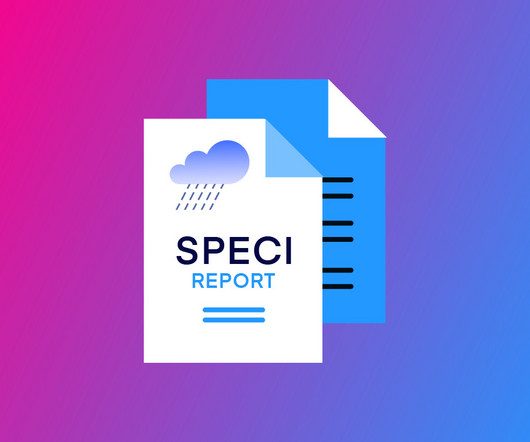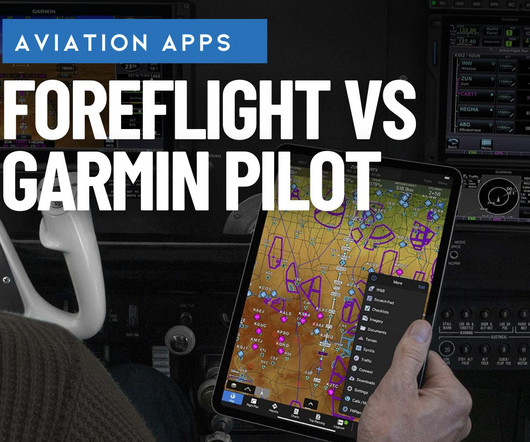What Is a SPECI and When Is It Issued?
Pilot Institute
NOVEMBER 5, 2024
Expect poor visibility, increased turbulence, and slippery runway surfaces. Altimeter Setting The altimeter setting gives you pressure information in inches of mercury or hectopascals. For accurate altitude readings, you should set your aircraft’s altimeter to match the local altimeter setting.











Let's personalize your content